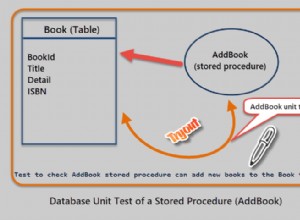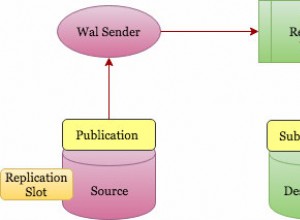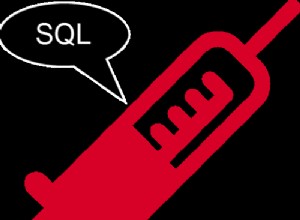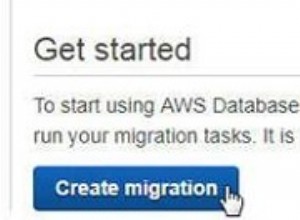Dans SQL Server 2012 c'est très très facile
SELECT col1, col2, ...
FROM ...
WHERE ...
ORDER BY -- this is a MUST there must be ORDER BY statement
-- the paging comes here
OFFSET 10 ROWS -- skip 10 rows
FETCH NEXT 10 ROWS ONLY; -- take 10 rows
Si nous voulons ignorer ORDER BY, nous pouvons utiliser
SELECT col1, col2, ...
...
ORDER BY CURRENT_TIMESTAMP
OFFSET 10 ROWS -- skip 10 rows
FETCH NEXT 10 ROWS ONLY; -- take 10 rows
(Je préfère marquer cela comme un hack - mais il est utilisé, par exemple par NHibernate. Pour utiliser une colonne judicieusement choisie car ORDER BY est la méthode préférée)
pour répondre à la question :
--SQL SERVER 2012
SELECT PostId FROM
( SELECT PostId, MAX (Datemade) as LastDate
from dbForumEntry
group by PostId
) SubQueryAlias
order by LastDate desc
OFFSET 10 ROWS -- skip 10 rows
FETCH NEXT 10 ROWS ONLY; -- take 10 rows
Nouveaux mots clés offset et fetch next (juste en suivant les normes SQL) ont été introduits.
Mais je suppose que vous n'utilisez pas SQL Server 2012 , d'accord ? Dans la version précédente, c'est un peu (un peu) difficile. Voici une comparaison et des exemples pour toutes les versions de SQL Server :ici
Donc, cela pourrait fonctionner dans SQL Server 2008 :
-- SQL SERVER 2008
DECLARE @Start INT
DECLARE @End INT
SELECT @Start = 10,@End = 20;
;WITH PostCTE AS
( SELECT PostId, MAX (Datemade) as LastDate
,ROW_NUMBER() OVER (ORDER BY PostId) AS RowNumber
from dbForumEntry
group by PostId
)
SELECT PostId, LastDate
FROM PostCTE
WHERE RowNumber > @Start AND RowNumber <= @End
ORDER BY PostId




